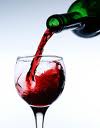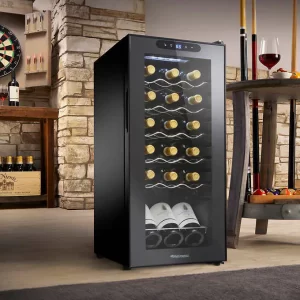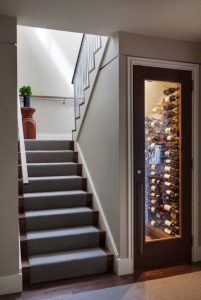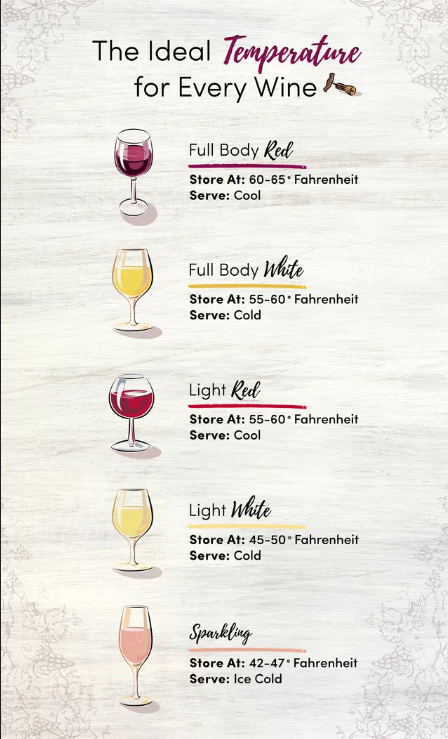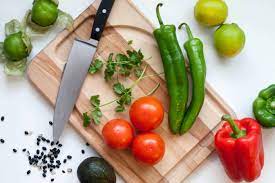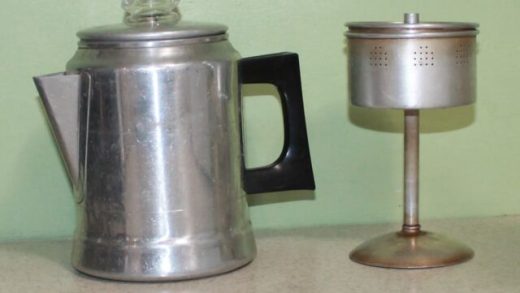Wine is usually paired with food. They go hand-in-hand. Now, it’s time to think about keeping your wine in the best possible quality.
But first, let’s take a look at selecting the right wine for the occasion. You may have noticed that many descriptions of wines include possible food pairings. While the best wine is the one you like, some types of wine go better with certain foods than others.
The Best Wine Is The One You Like To Drink
The general rule of thumb is that light and fruity wines go well with lighter, more delicate food. Wines with a hardier flavor and robust tannins go best with rustic or spicy food. That is not, as we have noted, a hard and fast rule. Many white wines go amazingly well with spicy foods. The best bet? Find a good wine shop and ask someone working there. They are exposed to many wines and know a lot about what goes with what. Until you’re more sure of your footing, follow their recommendations. But always go with your own tastes, not what someone else thinks you should like. Price does NOT determine quality or taste. Start with a recommendation and then explore from there.
When you find a wine you really like, one that goes well with the kind of food you like and the kind of entertaining you do, go ahead and buy a case. The cost savings are usually worth it. Plus, you always have a favorite wine handy when needed.
It’s Alive, So Give It A Good Home
Now that you’ve got your wine home, you must think about storing your investment to get the most out of it when you want. Some wines are made to drink right away. These are usually everyday, less distinguished wines like beaujolais, reioja, and pinot. Others, like a bordeaux, are meant to hang out in a cool, dark place for a few years. In either case, storing your wine is important.
Remember that wine is a living, breathing thing. Many wines continue to change in the bottle for several years, even when stored correctly. The first rule is to protect it from light. Wine cellars are usually in basements for a reason. Wine bottles are usually colored so light doesn’t penetrate the wine so easily. If you get a glass-fronted wine refrigerator, make sure it’s not in direct sunlight.
If the wine bottle has a natural cork, store the bottle on its side so the wine touches the cork and keeps it moist. When corks dry out, they shrink, allowing air (and germs) to get inside and ruin the wine. Also, this allows you to see better any sediment that might develop in the wine. If this happens, you’ll want to decant the wine into another container, pouring the wine through cheesecloth.
Keep the wine at a constant temperature. This is another reason why wine cellars are in basements. Whatever you do, don’t let the wine get above 75℉. You also don’t want it to get too cold. Below 50℉ is getting too cold for the wine to mature properly. Around 55 to 60℉ is just right.
If you don’t have a basement, a dark closet is a good choice. I know it’s tempting to display your selection of wine to impress your friends, neighbors, and dates, but resist the urge. And once you’ve got it settled, don’t move it around more than necessary. Wine likes a quiet place to sleep, so try to cushion it from outside vibrations like traffic or motors.
Keep the humidity around 70%. Too dry and the cork may dry out or the wine may actually evaporate even in a sealed bottle. Too humid, mold develops and labels fall off.
Don’t keep it in a smelly place. The aromas will get into the wine. Check with your wine merchant about how long the wine should be stored. Not all wines keep well for years and years.
When you’re ready to serve, take the time to get the wine to the correct temperature. Ice buckets are only useful to initially cool down sparkling, rose, or dry white wines. After the wine is cooled, take it out of the ice and wrap the bottle in a towel to keep it from warming up too fast. Red wines should be served closer to room temperature, about 65℉. Many red wines benefit from being “allowed to breathe.” That means opening the wine and allowing it to react with the air for 20 minutes to an hour. The process can be shortened by aerating, which involves pouring the wine into a decanter or other container giving the air a chance to get into the wine as it splashes into the other container.
Collecting wine. If you really get serious about wine, collecting wines is a great pastime and gives you the chance to enjoy the fruits of your labors. But you might want to make a wine storage place. There are plenty of Do-It-Yourself projects to turn a closet into a wine cellar. You can also invest in a wine refrigerator.
Wine as a gift. It used to be that most of us were brought up to believe that we never went empty-handed to someone’s home. A bottle of wine was usually a good choice. Even if it didn’t go with what was being served, it was something the hosts could keep for later. These days, that’s a more dangerous choice. If you don’t know the hosts well, check with mutual friends for possible snares, like alcoholism, tea-totalers, and picky tastes. The last thing you want to do is offend them. If wine doesn’t seem like a good choice, flowers or baked goods might be a better choice. If wine is still a good idea, try to keep in mind the hosts’ tastes. If you don’t know what that is, then choose one of your personal favorites.
Wine is a marvelous thing. You can help spread the love by throwing a wine-tasting party. Your wine merchant will be happy to help you develop what’s called a “flight.” That’s a series of wines that go together in some way and usually progresses the same way a meal does: appetizer, soup or salad, main course, dessert. If you haven’t tried a glass of wine with dinner, now’s the time to try it.

